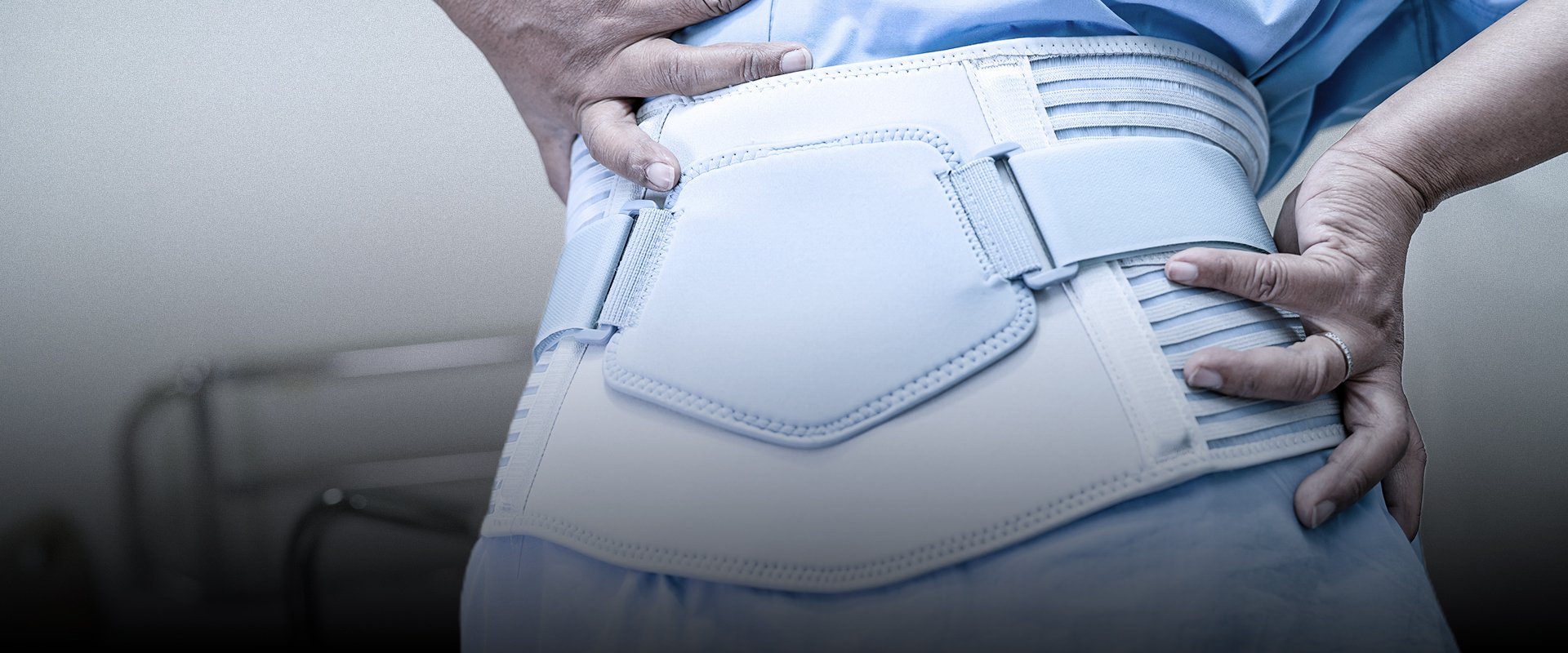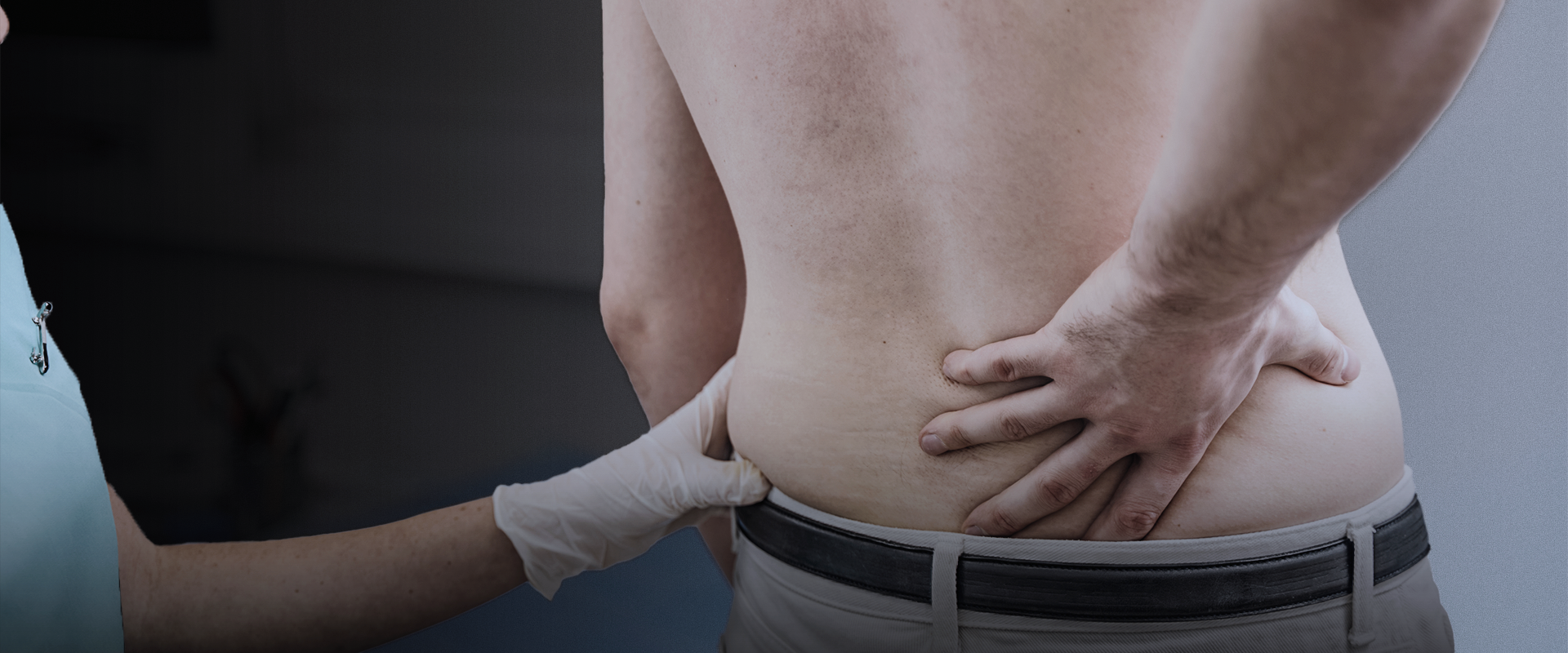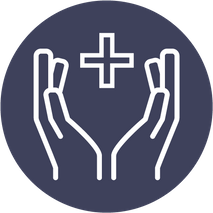
Pars defect physical therapy
AT EVOLVE
Pars defect physical therapy
HOW CAN PHYSICAL THERAPY ADDRESS A PARS DEFECT?
A pars defect, also known as a Spondylolysis, is a stress fracture in the bones of the spine. While not so commonly diagnosed in adults, a pars defect is a common cause of low back pain in children and adolescents. In many cases, conservative treatment including physical therapy can manage symptoms of a pars defect and facilitate healing.
WHAT DOES PHYSICAL THERAPY FOR A PARS DEFECT LOOK LIKE?
Physical therapy for a pars defect aims to improve symptoms of pain or stiffness, address underlying causes for the injury and facilitate healing of the bone. In cases where surgery is necessary to treat a pars defect, physical therapists will help you recover from the surgery.
My team of therapists and I will start by getting to know your concerns and goals and performing a thorough physical exam to determine what areas we should target with our physical therapy interventions. Your therapist will teach you how to protect your healing spine. They also might employ manual therapy interventions to target joint and tissue mobility while also prescribing movements and exercises for strength, motor control and stabilization to be performed in the home and the clinic. Modalities such as electrical stimulation, ultrasound and laser therapy may also be utilized.
HOW LONG WILL I NEED PHYSICAL THERAPY?
The duration of your physical therapy plan of care is based on several factors including the severity of the injury, the severity of your symptoms, if you are recovering from or planning to undergo surgery, and the activities you aim to resume. While full resolution of symptoms can take some time, you should experience improvements in many symptoms such as pain within a few weeks but returns in full strength, flexibility and overall mobility to help you return to sports may take longer. Achieving long-lasting results may take some time, but dedication to your program will not only help you achieve these results but will help to decrease the likelihood of symptoms recurring in the future.
WHAT IS Pars Defect?
A pars defect is so named due to its anatomical location on the pars interarticularis of the vertebrae. The pars interarticularis is a thin piece of bone that connects the upper and lower parts of the posterior vertebrae. This part of the bone is weaker relative to the other parts of the vertebrae. A stress fracture or defect in the pars interarticularis can occur unilaterally or bilaterally.
This injury is most common in the lumbar or lower spine but can occur in the thoracic or cervical spine (mid back or neck) as well. One risk of a pars defect is that it can cause slipping of the vertebrae anteriorly. This condition is called spondylolisthesis. 6-8% of the general population will be affected by a pars defect. Symptoms of this condition usually arise before age twenty meaning children and adolescents are most often affected.
HOW DOES A PARS DEFECT DEVELOP?
Pars defects are most often found in young athletes. Considered a stress fracture of the vertebrae, pars defects typically overuse injuries and develop in response to repeated mechanical stress on the spine rather than due to a single traumatic event like a fall or car accident. Repeated extension (back bending) for example, could cause a pars defect in some individuals. Due to the mechanism of injury, athletes are at the highest risk for developing a pars defect as they repeatedly load the spine.
Sports that might increase the risk of developing a pars defect include:
- Gymnastics
- Football
- Swimming
- Diving
- Weight lifting
- Wrestling
SYMPTOMS OF A PARS DEFECT
The majority of cases of pars defects are actually asymptomatic and are usually an incidental finding on imaging. In these cases, treatment is usually not warranted. Symptomatic pars defects often present with the following symptoms:
- Acute or gradual onset of low back pain
- Pain that is usually worse with activity and better with rest
- Rotation and side bending can worsen symptoms when the pars defect is in the lower back
- Pain that is usually localized to the area of injury, radiating symptoms are less common
DIAGNOSIS OF A PARS DEFECT
The symptoms of a pars defect can mimic those of other back conditions and back injuries. Proper diagnosis is important to allow for the correct treatment. Clinical tests performed in a physical therapy or doctor’s office are not specific enough to definitively diagnose this condition. Imaging tools such as CT scan, MRI or SPECT scan are usually needed.
Call to Schedule a Consultation! 1-718-258-3300End Injury Progression
Pars Defect physical therapy has proven to prevent injury, slow and even stop pain issues, improve performance, and reverse injury progression in many cases.
Relieve Pain
The movements used in this technique can target your entire body helping you to manage discomfort and pain during the course of your physical therapy treatments.
Improve Range of Motion
Posture awareness is an important area to focus on due to the fact that certain positions may cause you further discomfort and pain.
Restore Mobility
You can regain mobility and flexibility by taking part in the stretches and exercises as prescribed by your physical therapist.
How Long Will Physical Therapy for Pars Defect Last?
If you decide to work with a physical therapist to help correct your Pars Defect issues, your entire treatment plan could consist of around 8-20+ different physical therapy sessions that will each last 60-90 minutes. Once you complete your customized physical therapy treatment plan, you will be able to continue to do the prescribed stretches and exercises utilized during your PT sessions yet in the comfort of your own home.
PHYSICAL THERAPY FOR A PARS DEFECT
Conservative management is the first line of treatment for symptomatic pars defects. Conservative management includes physical therapy, bracing to minimize motion at the healing bone, anti-inflammatories and avoiding the aggravating activity. In cases where conservative management fails or there is significant instability, severe pain or neurologic symptoms, surgery may be recommended to repair and stabilize the bone. Physical therapy goals for pars defects treated conservatively include:
- Guidance on rest and activity modification to reduce movement and stress across the injured vertebra
- Pain reduction
- Promotion of blood flow to the healing bone through gentle exercises like isometrics
- Minimize loss of fitness and muscle performance in unaffected areas of the body
- Address underlying causes of the injury such as hyper or hypomobility, motor control or strength impairments
- Optimize movement patterns to decrease risk of re-injury and facilitate return to sport
- Facilitating returns of global strength and muscle performance to support return to activities
Physical therapy goals for pars defect following surgical management include:
-
Guidance on avoiding bending, lifting and twisting as outlined by your post-surgical instructions
- Pain reduction
- Promotion of blood flow to the healing bone through gentle exercises like isometrics
- Minimize loss of fitness and muscle performance in unaffected areas of the body
- Address underlying causes of the injury such as hyper or hypomobility, motor control or strength impairments
- Optimize movement patterns to decrease risk of re-injury and facilitate return to sport
- Facilitating returns of global strength and muscle performance to support return to activities
SCHEDULE AN INITIAL EVALUATION FOR PARS DEFECTS TODAY
Managing a pars defect correctly can help you or your child return to the activities they love to do more safely. Physical therapy is an excellent option for managing this condition and our team of PTs is ready to help. If you or your child have been diagnosed with a pars defect or are noticing uncomfortable symptoms in the spine, call us today to learn more about our services and schedule an evaluation with one of our physical therapists.
Resources:
Debnath UK. Lumbar spondylolysis-Current concepts review. Journal of Clinical Orthopaedics and Trauma. 2021 Oct 1;21:101535.
Mill Basin (located in Harbor Fitness)
6161 Strickland Ave
Brooklyn, NY 11234
Monday: 7am-8pm
Tuesday: 7am-8pm
Wednesday: 8am-5pm
Thursday: 7am-8pm
Friday: 8am-1pm
Park Slope (located in Harbor Fitness)
550 5th Ave.
Brooklyn, NY 11215
Monday: 9am-8pm
Tuesday: 8am-6pm
Wednesday: 9am-8pm
Thursday: 8am-6pm
Friday: 8am-3pm
Gravesend
372 Avenue U
Brooklyn, NY 11223
Monday-Thursday: 8am-8pm
Friday: 8am-3pm
Kings Highway
945 Kings Highway
Brooklyn, NY 11223
Monday-Wed.: 12pm-8pm
Ready to take the next step to a healthier you?
Contact Us Today!
PHYSICAL THERAPY FOR PARS DEFECT
Need Physical therapy for Pars Defect?
Let our caring and compassionate physical therapists help you with relieving pain while getting you back on your feet comfortably.
Call now to schedule your first PT consultation free of charge.
Call: 1-718-395-6551







